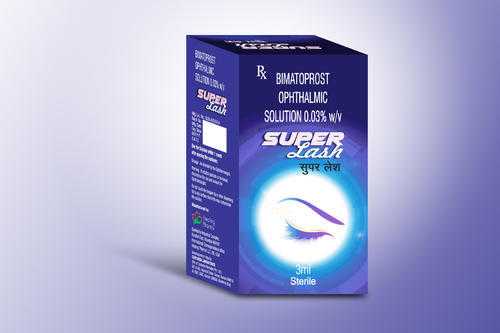Essential Information About Capsular Contracture After Breast
Posted 2 years ago in BEAUTY.Capsular contracture after breast reconstruction occurs when scar tissue around a breast implant hardens abnormally due to bacterial infection

Surgeries to enlarge the breasts remain a popular choice for many women worldwide. When considering breast augmentation, you may have heard about capsular contracture. Even though it is rare, this problem might arise in anyone who has had breast implants. Breast reconstruction implant capsular contracture can be efficiently handled to preserve both your beauty and health. In this article, we'll take a deeper look at capsular contracture and how to prevent and treat it.
When Do You Have Capsular Contracture?
Capsular contracture after breast reconstruction occurs when scar tissue around a breast implant hardens abnormally due to bacterial infection, either during insertion or in the bloodstream. A scar tissue capsule surrounds each implant during the healing process. This keeps the implant in place and prevents it from falling out. However, in rare cases, the scar tissue's collagen fibres become abnormally tense, causing the capsule to constrict. Breast pain and tenderness might result from this in extreme circumstances.
Who Is at Risk of Capsular Contracture?
If you have a breast implant, you may be at risk of developing Breast reconstruction capsular contracture. Additionally, breast augmentation patients and those with implant-based breast reconstruction are included. The ailment might appear as soon as three months after obtaining a breast augmentation, or it can take up to 25 years.
What will happen if I get capsular contracture?
Capsular contracture can cause the breast to become swollen, saggy, and disfigured. Typically, the implant rises over the chest wall. Depending on the scale of Baker, a diagnosis can be allocated to a spectrum of severity:
- Grade I: The breast is normal-looking and supple.
- Grade II: a little firm, but otherwise normal;
- Grade III: firm, but abnormal;
- Grade IV: hard and abnormal breast that causes pain.
To what extent can this issue be avoided?
Implant handling during surgery should be minimized, as should skin contact before insertion, the use of the antibacterial solution in the breast pocket, attention to bleeding points, antibiotics perioperatively, and gloves coated with talcum powder.
In addition, the placement of the implant under the pectoralis major muscle, the use of textured implants, and the avoidance of a peri-areolar incision has all been shown to lower the incidence of complications. Preventative leukotriene injections and post-operative breast exercises for smooth implants can be effective.
How to deal with a contracted capsule
The removal of the capsule (capsulectomy) and the replacement of the implant is the most common treatment for Baker grade III and IV cases. Changes to the pocket's surface can also be considered an acellular dermal matrix. Adjunctive measures like leukotrienes and Vitamin E can also be employed.
Conclusion:
Although only a tiny percentage of women who get breast implants generate capsular contracture, it's good to take any preventative measures. You can reduce your risk of infection by following a healthy diet, refraining from strenuous exercise during your recovery from breast augmentation, or taking a prophylactic antibiotic medicine beforehand.




























